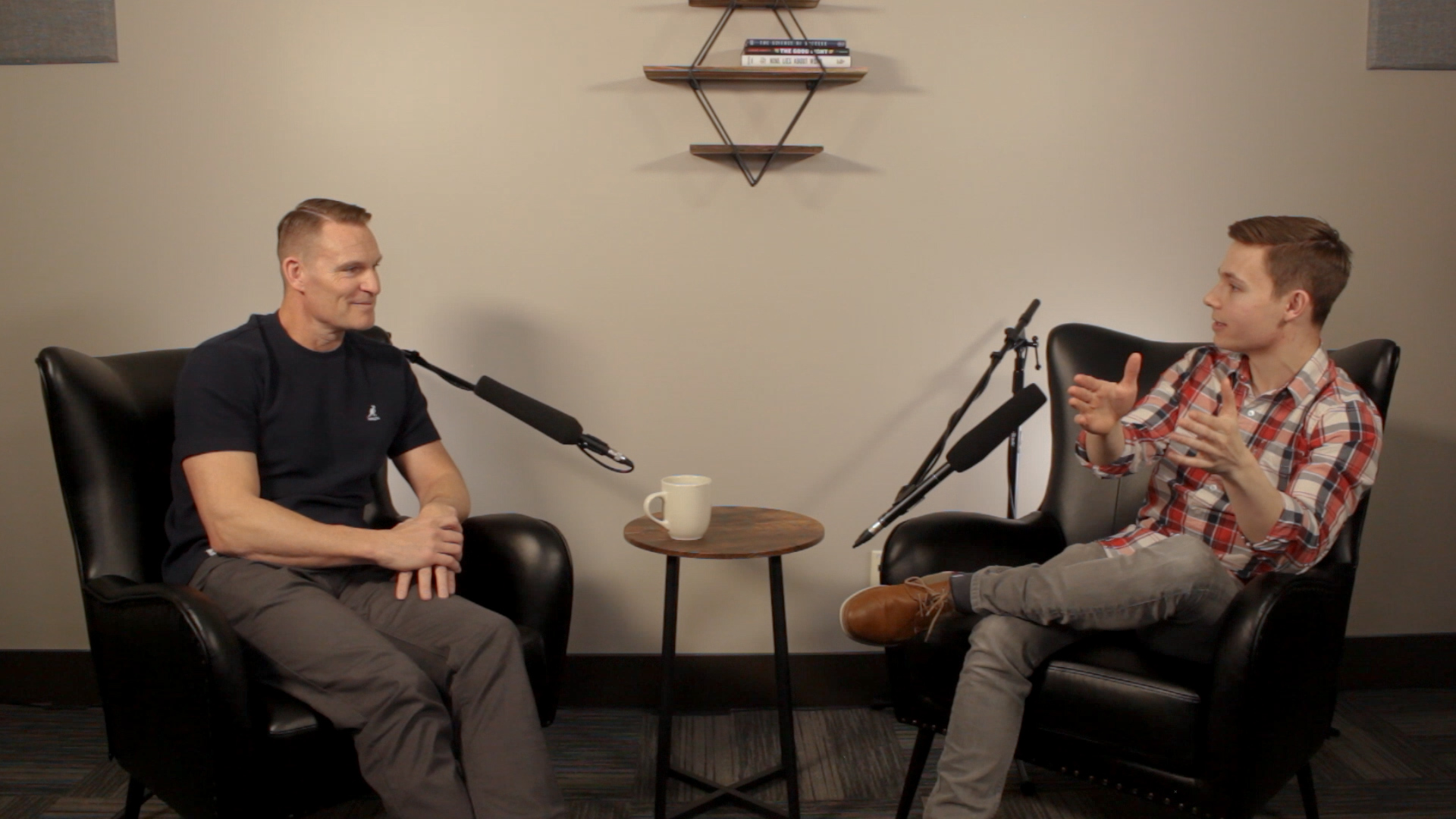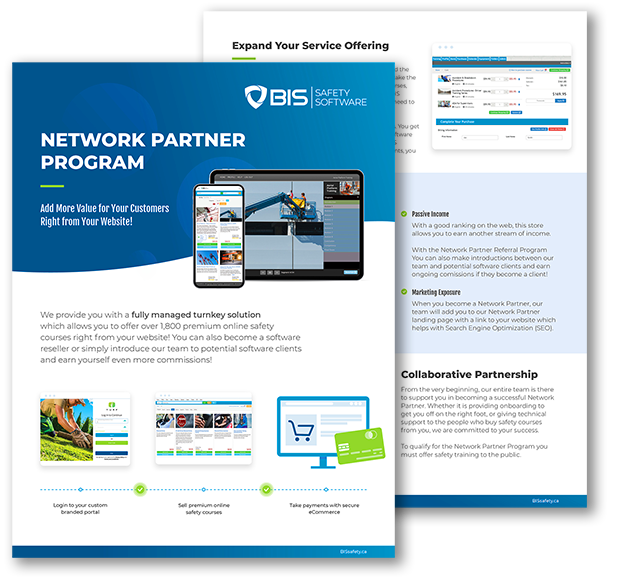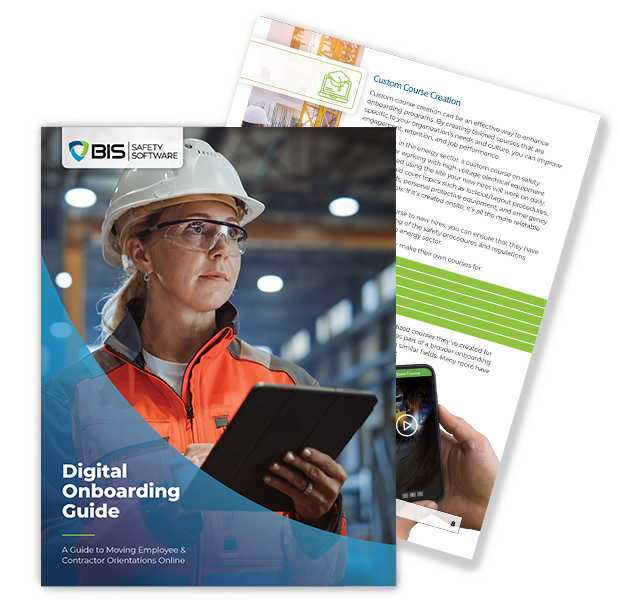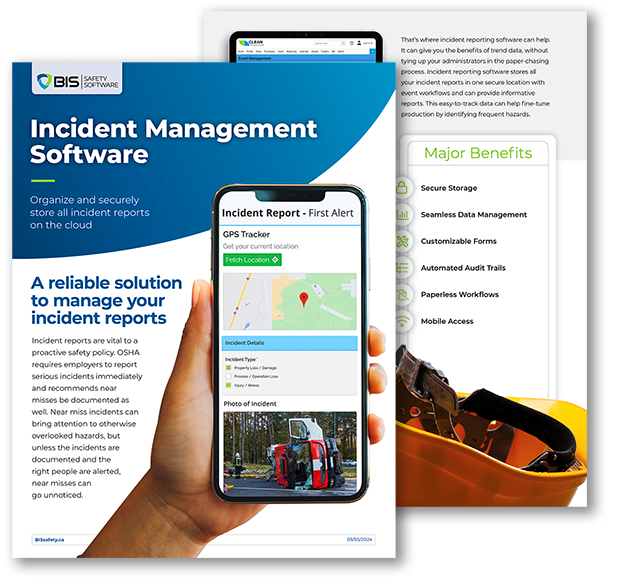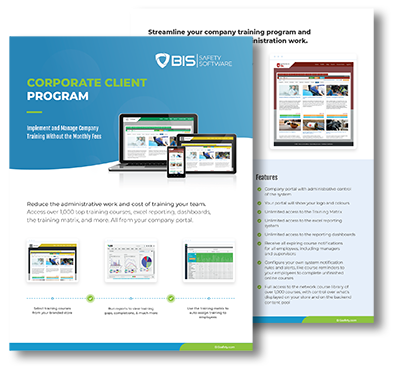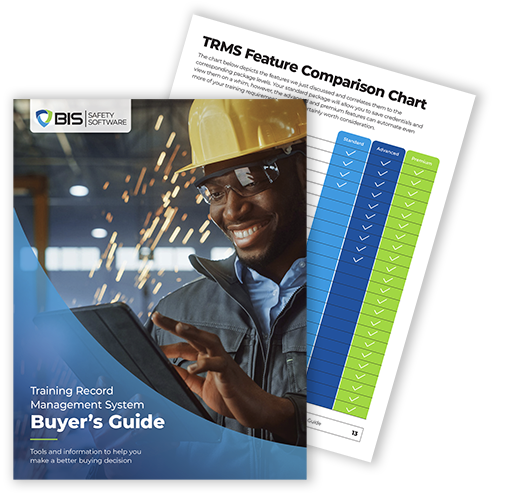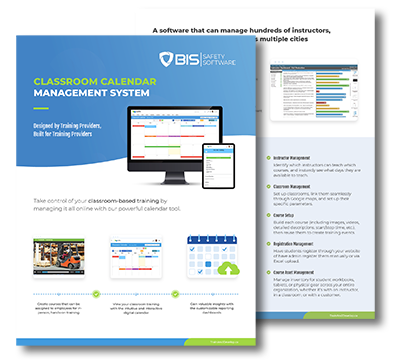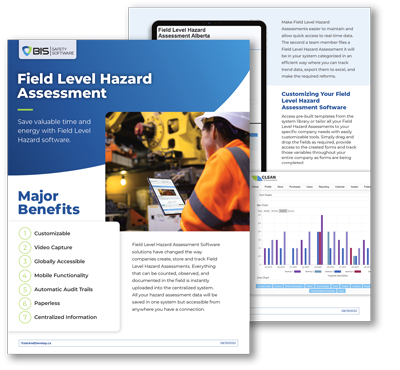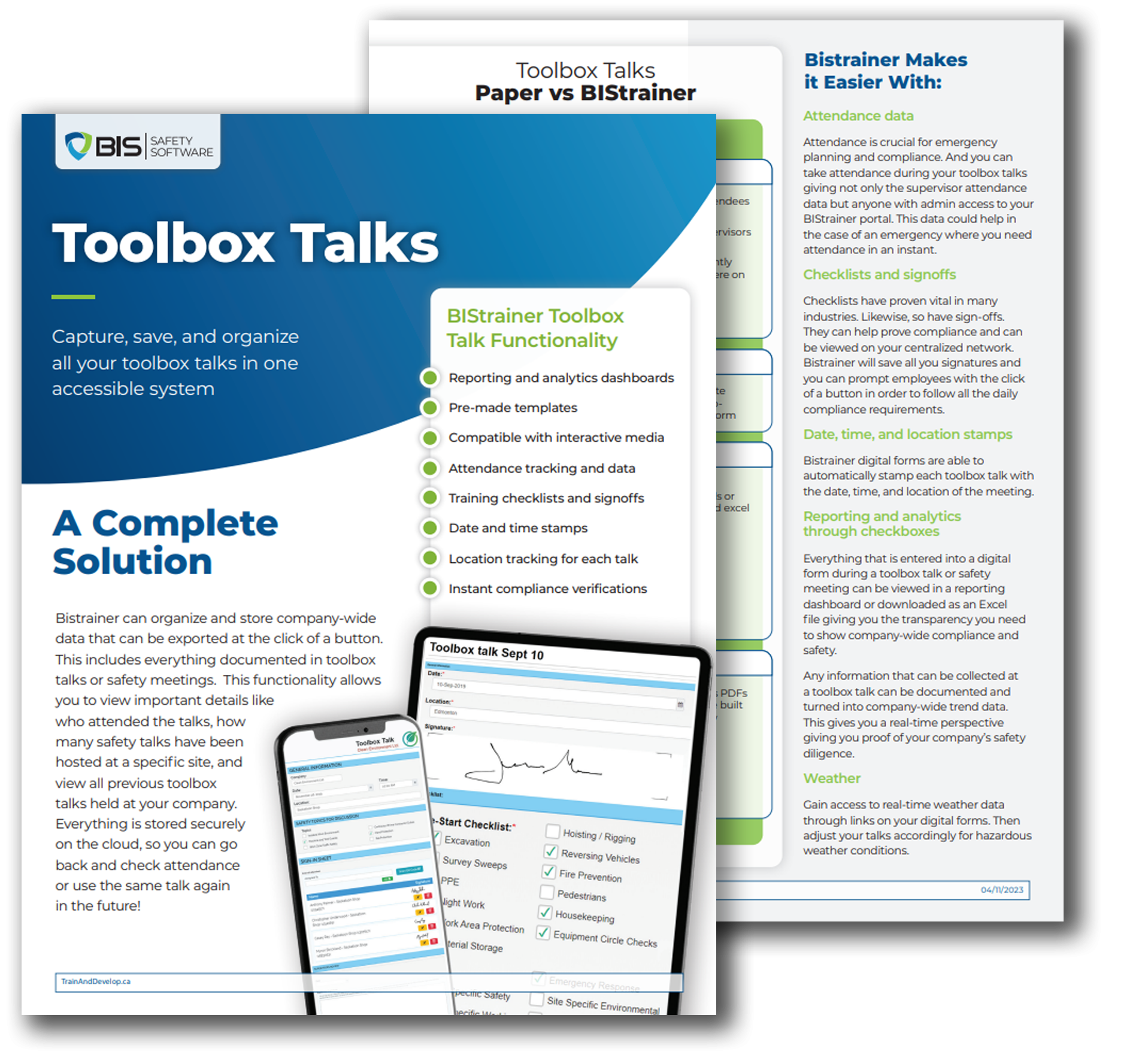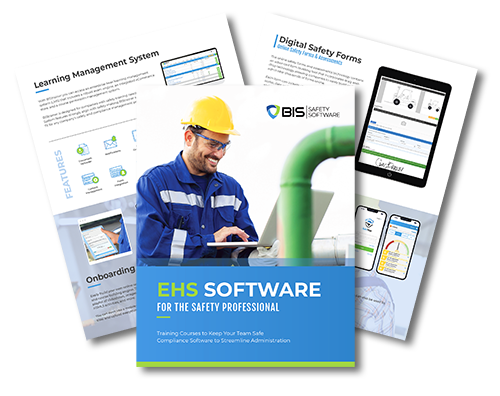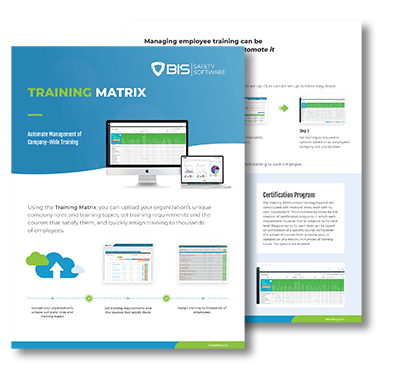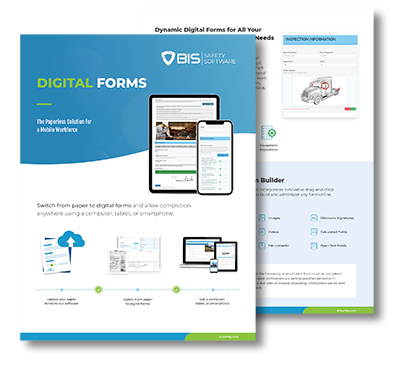From Storage to Spill Response: Applying Safe Work Practices for Anhydrous Ammonia
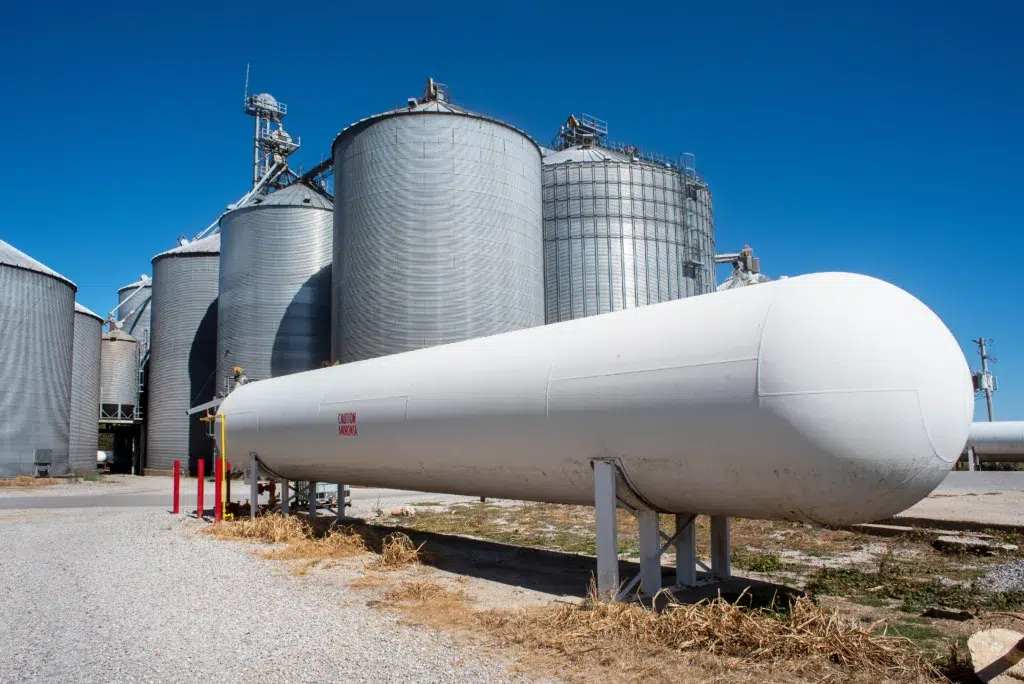
From storage conditions to emergency response, safe work practices around anhydrous ammonia protect workers from invisible but powerful hazards. Learn how awareness, training, and proper procedures keep workplaces secure.
Hazardous Energy Control: Building a Safer Workplace with Lockout/Tagout Procedures

Uncontrolled energy can turn any job site into a danger zone. Learn how Lockout/Tagout (LOTO) procedures safeguard workers, reduce incidents, and create a culture of consistent, verified safety practices across your workplace.
Cargo Securement: Why Getting It Right Matters

Proper cargo securement isn’t just about compliance, it’s about protecting lives, preventing damage, and maintaining trust on the road. Learn the key steps to get it right every time.
Winter Safety in the Workplace: Stopping Slips, Trips, and Falls Before They Start
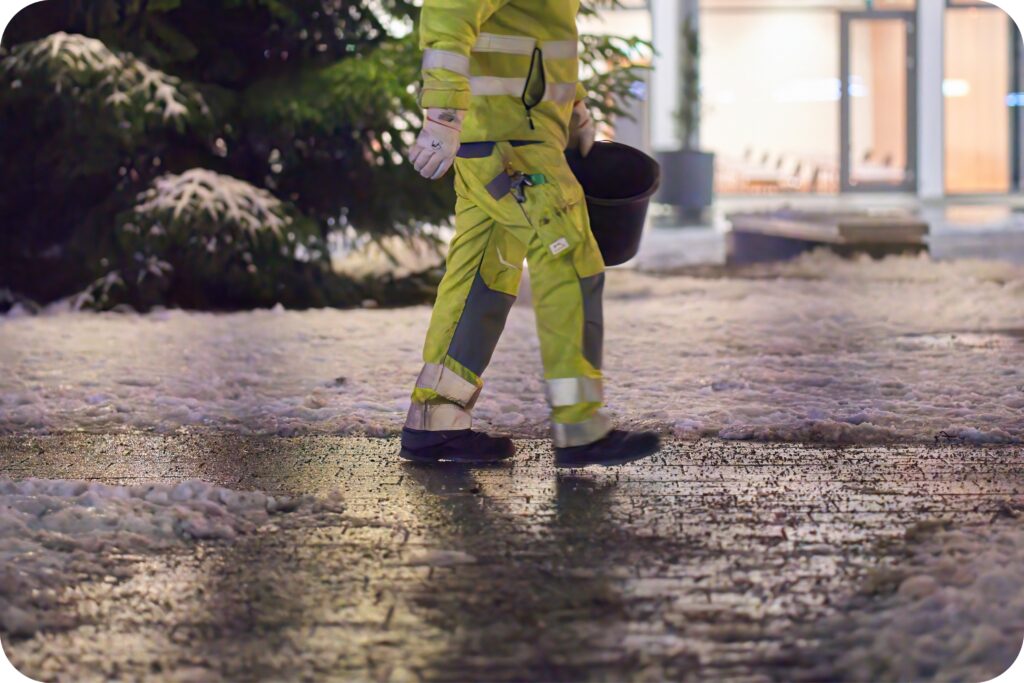
Most fall injuries happen at ground level. With ice, meltwater, and low light, risks rise fast. Use traction management, moisture control, lighting, maintenance, and training to keep people on their feet all season.
Gas Detection: Your First Line of Defence Against Hidden Hazards
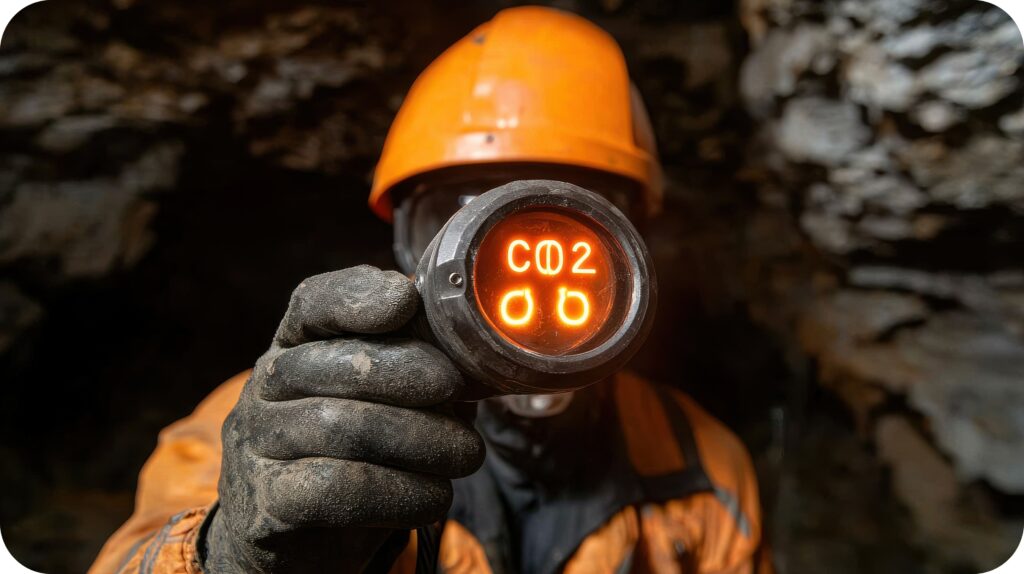
Gas hazards don’t always announce themselves. Choose the right detectors, place and sample correctly, and verify with bump tests and calibration. Train your team to read, respond, and act fast so hidden risks are found before they harm.
Canadian Lone Worker Safety: What Employers and Employees Must Do to Stay Protected
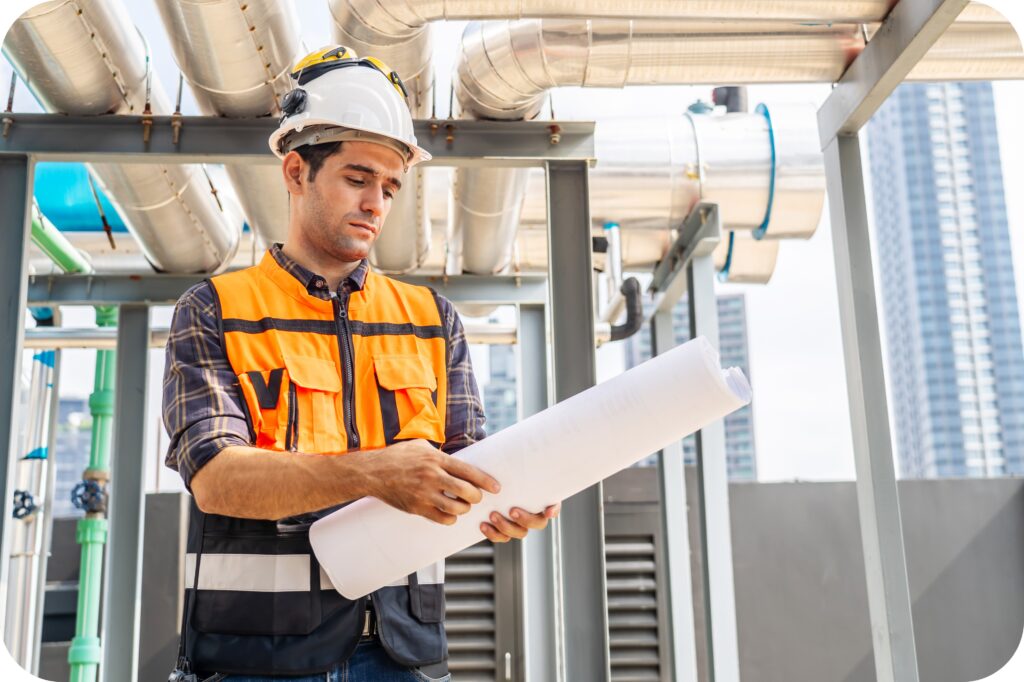
Working alone presents unique safety challenges across industries. This guide explains how employers and employees can identify lone worker risks, meet Canadian legal requirements, and apply practical communication and control measures to prevent incidents and protect every worker on the job.
Understanding Weights and Dimensions for Commercial Vehicles in Canada

Understanding vehicle weights and dimensions is essential for maintaining road safety and regulatory compliance in Canada. This blog explains why proper limits matter, how the Memorandum of Understanding (MOU) standardizes rules nationwide, and what employers can do to keep their fleets safe, compliant, and efficient.
First Aid at Work: Everyone’s Responsibility

Emergencies can happen anywhere from construction sites to offices. Discover how first aid training in the workplace empowers employees to act quickly and confidently when seconds count.
Gas Safety 101: What You Can’t See Can Hurt You
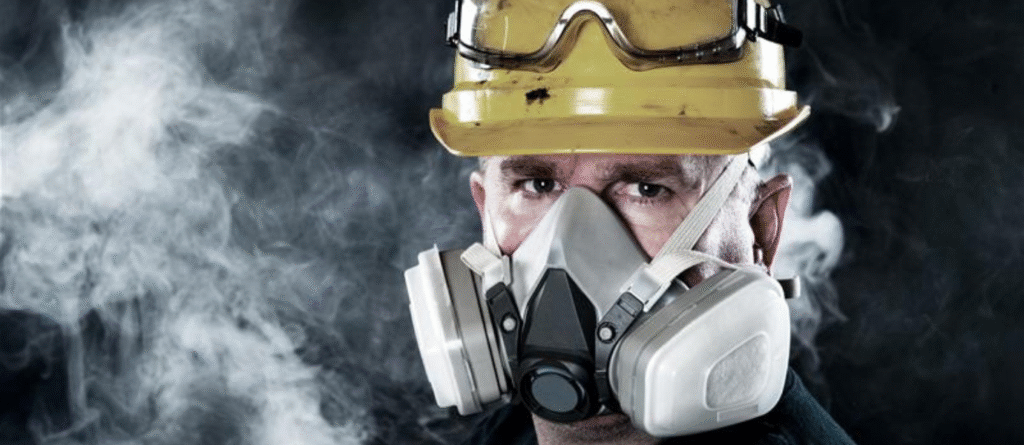
Invisible and unpredictable, gases can pose serious risks in any work environment. Learn why understanding gas behaviour is critical for workplace safety and how proper training can prevent incidents.
Building Safer Fleets in Canada: The Role of Daily Pre-Trip Inspections

Learn how daily pre-trip inspections boost fleet safety in Canada, ensuring compliance, preventing accidents, and reducing costly downtime.




